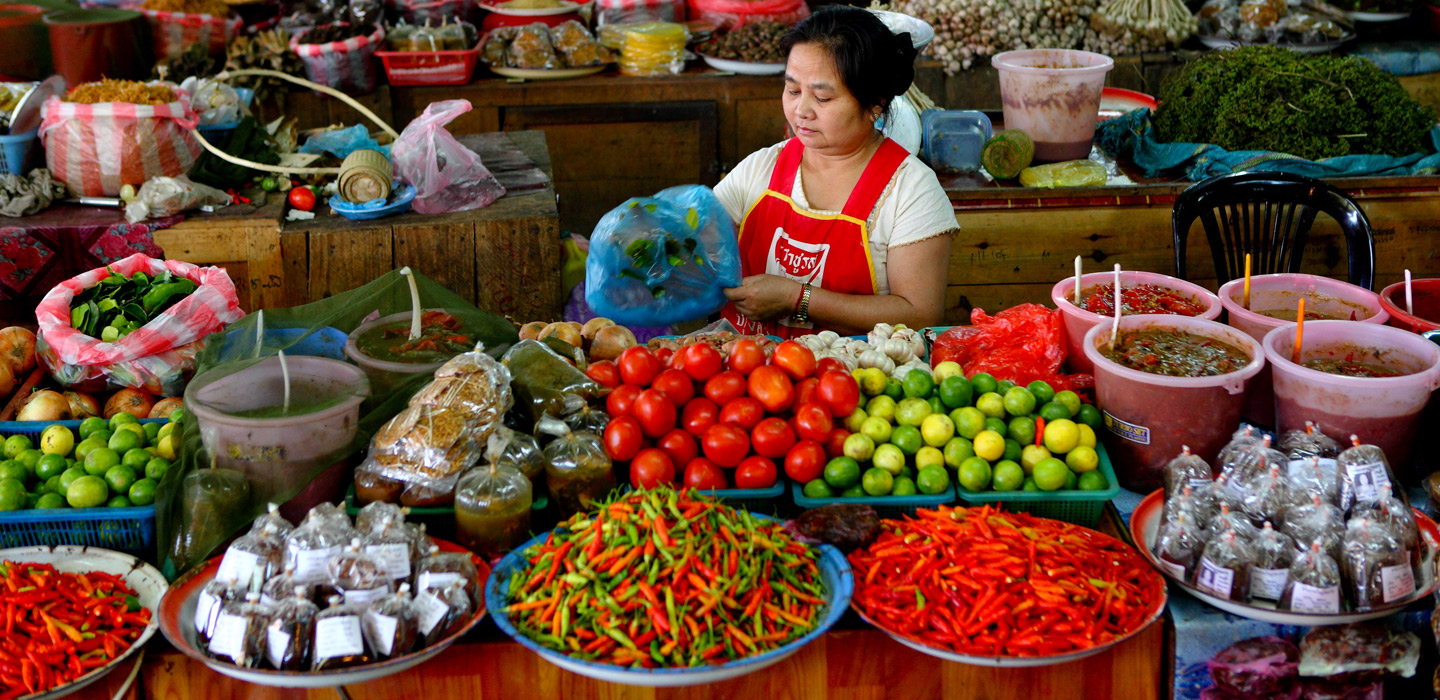Finance as a driver of food systems transformation: A new role for Public Development Banks?
IFAD Asset Request Portlet
Asset Publisher
Finance as a driver of food systems transformation: A new role for Public Development Banks?
Estimated reading time: 4 minutes
One major obstacle to realizing sustainable and inclusive food systems is a lack of sufficient and appropriate financing. Recent estimates suggest that transforming food systems to deliver healthy people, a healthy planet, and a healthy economy will require an extra US$300 – US$350 billion per year for the next decade. The recent Ceres 2030 report estimated that an additional US$14 billion of donor funding, leveraging US$33 billion of national government expenditure will be needed to achieve SDG 2 alone.
It is now even more crucial to double down on efforts to end hunger and transform food systems. This will necessitate a focus on recovery, rebuilding, and resilience – with an emphasis on bridging from emergency humanitarian aid to supporting long-term development. Over the last decade the proportion of food system expenditures allocated to emergency food aid has significantly increased, while measures to improve resilience to shocks have not substantially increased. To be effective, donor funding must focus on catalysing systemic change.
In driving this transformation, Public Development Banks (PDBs) – institutions with public mandates at the global, regional and national levels – have a vital role in promoting investments at scale for food systems transformation. They already form a significant part of the food system financing architecture, with over two-thirds of formal financing to the agricultural sector provided by agricultural PDBs alone. With their social impact mandates, counter-cyclical roles, flexible financing tools, and significant resources they can have an important role in financing the transition to more sustainable and inclusive food systems.
PDBs are not always living up to this potential. To do so, they must intervene in the segments of the economy where they have the greatest comparative advantage, act to crowd in (and avoid crowding out) private investment, and by demonstrating robust governance.
PDBs have the mandates, positioning and tools to play a more catalytic role in accelerating the transition towards more inclusive, sustainable food systems. As public bodies, they can convene diverse stakeholders and set and promote shared standards to accelerate investment. As banks with social impact mandates, they can leverage concessional financing and apply a diverse array of tools to attract additional investment to the sector (guarantees, blending instruments, concessional financing for early-stage innovations, etc). They can also leverage their deep reach and networks to bring together the right actors, accelerate good practice and innovation, and to help shape the policy environment. This can all serve to lower costs and improve access to finance to those who need it most (the ‘last mile’), and to incentivize sustainable practices.
There is significant scope for PDBs to mobilize additional finance to invest in agriculture and food economies, to channel it in ways that incentivize sustainable practices, and to invest in and promote innovations that accelerate sustainable practices and help more efficiently reach ‘last mile’ rural people. There is a particular opportunity to mobilize more private finance, but also concessional finance (for example, climate finance), and to channel it to fund and incentivize sustainable practices across food systems. PDBs can be catalytic in addressing some of the roadblocks to doing this at scale in the food and agriculture sector, for example, by addressing lack of harmonized standards for what constitutes ‘green’ finance, standards for interoperability between digital agriculture platforms.
At the global and regional level, they can offer the resources and tools to help de-risk private finance (e.g. guarantees, co-investments), while providing credible monitoring and verification of impact. At the national level, PDBs offer deep knowledge of local actors and connections to the agri-SMEs and smallholder farmers in the most remote rural areas that form the backbone of many national-level food systems.
Structured financial activities that have been created to ensure a better environmental outcome, or green finance, could soon reach US$2.36 trillion. PDBs can share knowledge and experiences on the mobilization of green finance in the food and agriculture sector (for example, PDBs as issuers of green bonds), and channel this finance in order to incentivize sustainable practices. They could help to set and promote the adoption of shared standards for the measurement and verification of what constitutes ‘green’ finance in the sector, helping to reduce uncertainties and attract more funds.
Many of these ideas are already in motion and ripe for scaling-up. National level Development Finance Institutions already work together through regional and global associations and networks. IFAD is promoting a coalition, which represents a concrete step in accelerating the capacity of Public Development Banks to provide affordable finance and capital for a sustainable food system transformation.
Publication date: 19 October 2021